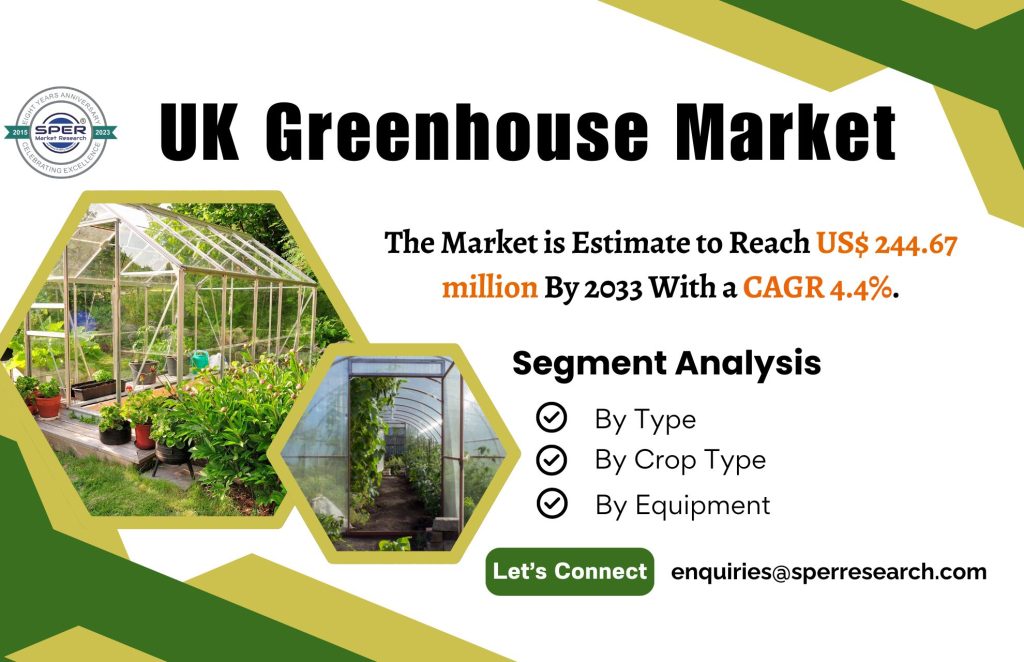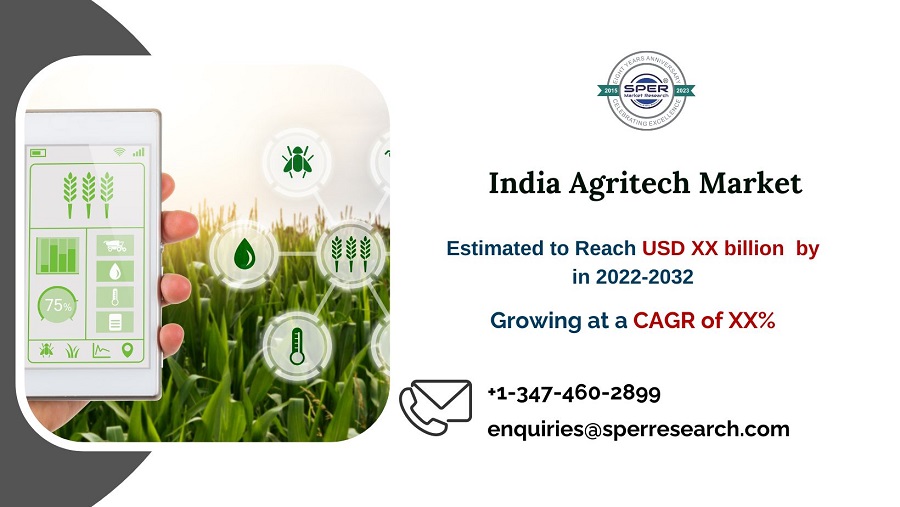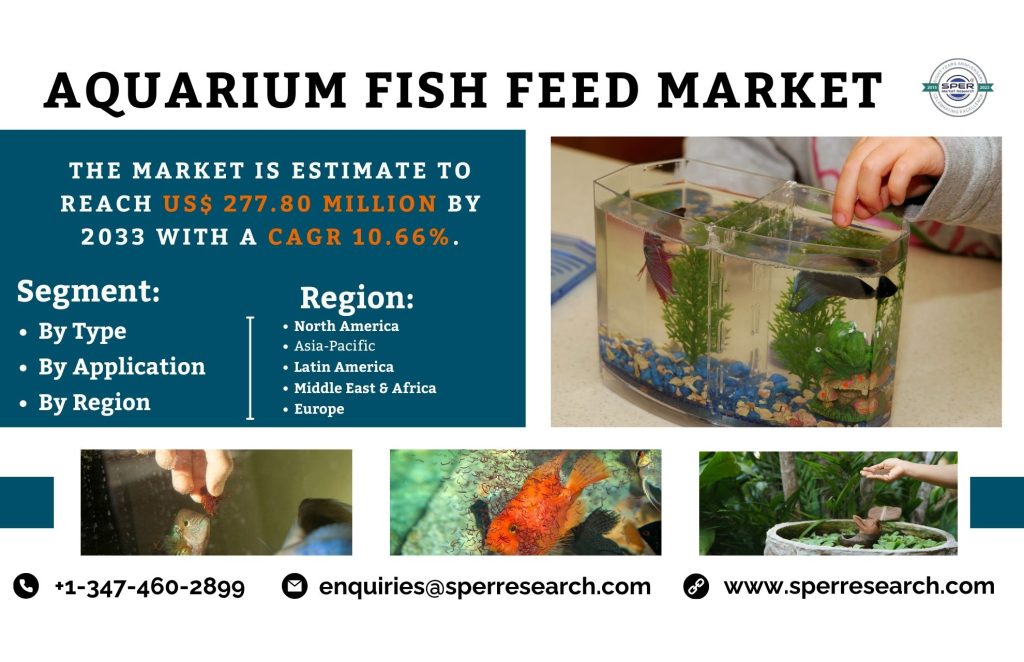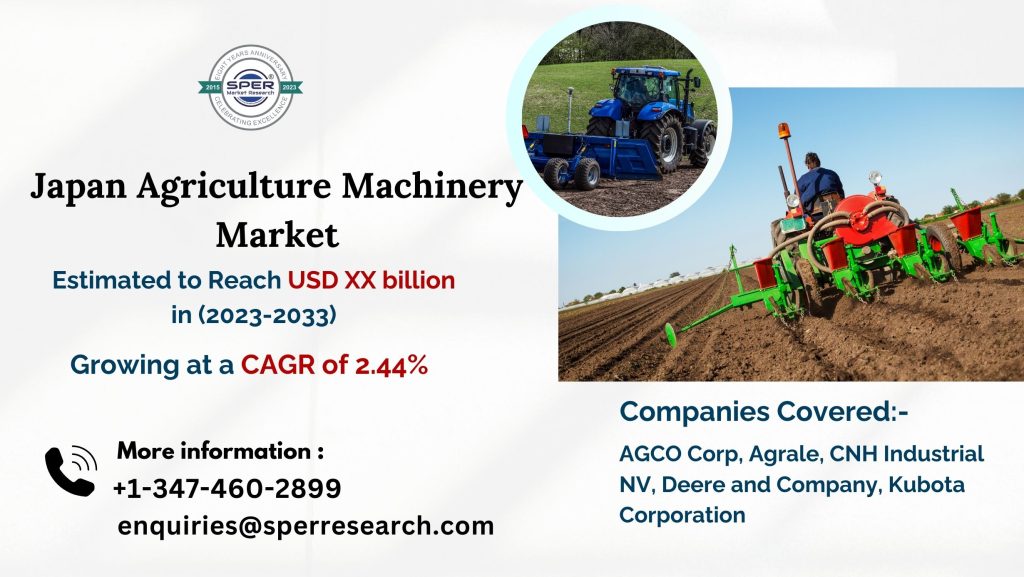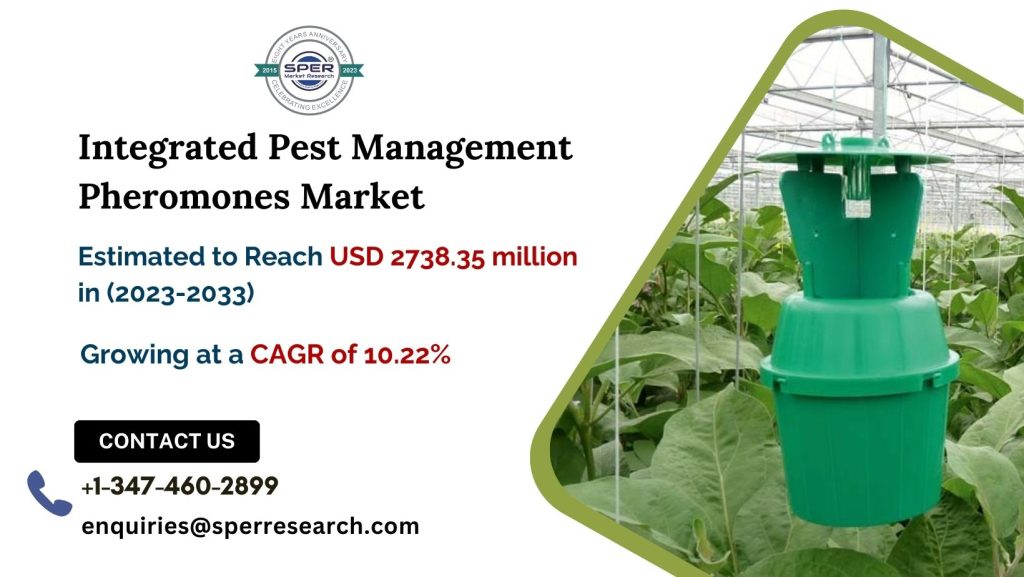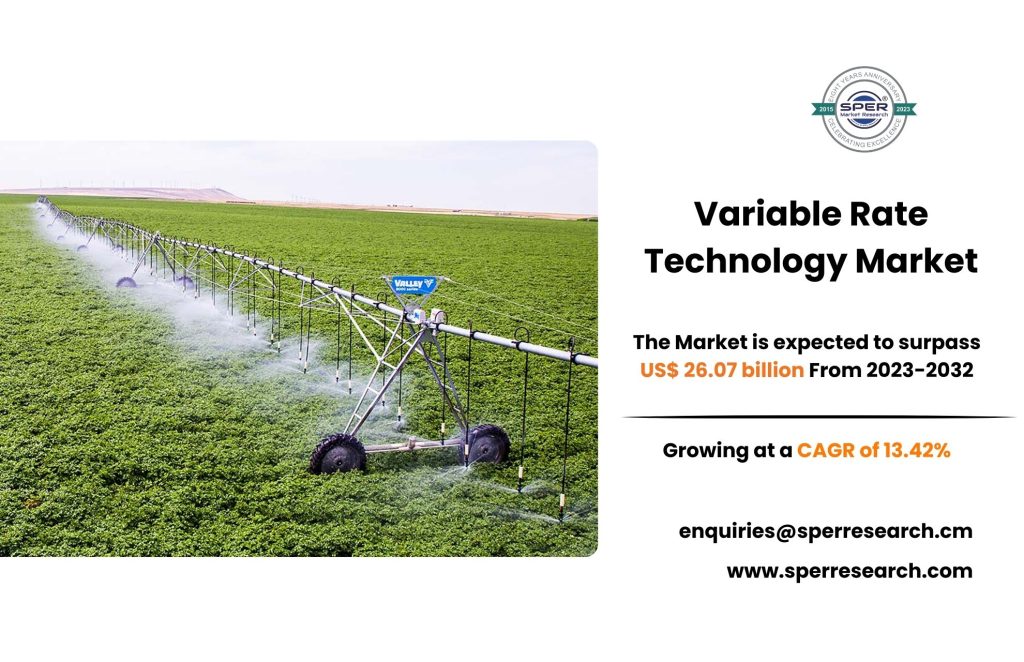Growers can grow fruits, vegetables, flowers, and transplants for general planting in a relatively stable and regulated environment by using greenhouses. Because of this, greenhouse plants may produce continuously, irrespective of the topography, soil, or local temperature. Commercial greenhouses usually produce large quantities of plants for end users. Farmers can develop their crops in a more appropriate and controlled environment thanks to greenhouse farming.
According to SPER market research, ‘United Kingdom Greenhouse Market Size- By Type, By Crop Type, By Equipment – Regional Outlook, Competitive Strategies and Segment Forecast to 2033’ state that the United Kingdom Greenhouse Market is predicted to reach 244.67 million by 2033 with a CAGR of 4.4%.
Drivers:
The phenomenal growth of vertical farming is having a long-term influence on the UK greenhouse industry. In response to this agricultural revolution, new types of greenhouses are being built expressly for vertical farming. These cutting-edge structures feature new designs and technology that maximize space consumption while improving growth conditions, hastening the adoption of this disruptive farming method. Furthermore, the growth of vertical farming creates new chances and prospects for the greenhouse industry. Vertical farming eliminates traditional limits, allowing for the cultivation of a broader range of crops, including some that formerly required enormous acreages or specific growth conditions. This breakthrough creates new opportunities and paves the road for a more diverse and sustainable agricultural environment.
Restraints:
Pests and diseases pose a significant risk to greenhouse crops. They can cause severe damage, leading in poorer productivity and quality of food. In severe cases, infestations can result in total crop loss, with terrible consequences for growers and the overall food supply. Because of the controlled environment and close closeness of plants in greenhouses, pests and illnesses can spread quickly if not treated properly. Managing pests and illnesses in greenhouses is a demanding task that requires precise attention to detail. It comprises identifying the specific pests or diseases that are damaging the plants, implementing appropriate management measures, and evaluating their effectiveness. Pest identification is particularly difficult due to the wide variety of pests that can infest greenhouses, each requiring a distinct control strategy.
Request For Free Sample Report @ https://www.sperresearch.com/report-store/united-kingdom-greenhouse-market.aspx?sample=1
Impact of COVID-19 on United Kingdom Greenhouse Market
In the United Kingdom (UK), the greenhouse industry is not immune to the continued consequences of the corona virus (COVID-19) threat. The entire agriculture supply chain is suffering as a result of the COVID-19 pandemic, which has an impact on the need for commercial greenhouses. Lockdown restrictions are being imposed over the United Kingdom (UK) due to the outbreak. Many greenhouse industry companies are finding it challenging to distribute their products due to the disruption in the supply chain. In an additional attempt to stem the disease’s spread, the government of the United Kingdom (UK) has imposed social isolation and proclaimed a state of lockdown, which has slowed and restricted imports and exports. Suppliers to commercial greenhouses suffered as a result of their insufficient supply chains.
United Kingdom Greenhouse Market Key Players:
Geographically, London emerged as the main player in the UK Greenhouse Market in 2022, with the highest market share in terms of value. London’s economic vibrancy and financial strength contribute significantly to its dominance in the greenhouse market. Swallow GB Limited, Cultivar Limited, Griffin Glasshouses Limited, Alitex Limited, Vitavia Garden Products Limited, and other well-known enterprises are among the top players in the field.
United Kingdom Greenhouse Market Key Segments Covered
The SPER Market Research report seeks to give market dynamics, demand, and supply forecasts for the years up to 2033. This report contains statistics on product type segment growth estimates and forecasts.
By Type: Based on the Type, United Kingdom Greenhouse Market is segmented as; Plastic Greenhouse, Glass Greenhouse.
By Crop Type: Based on the Crop Type, United Kingdom Greenhouse Market is segmented as; Fruits and Vegetables, Flowers and Ornamentals, Others.
By Equipment: Based on the Equipment, United Kingdom Greenhouse Market is segmented as; Heating Systems, Cooling Systems, Others.
By Region: This research includes data for London, East Anglia, Southwest, Southeast, Scotland, East Midlands, Yorkshire & Humberside
This study also encompasses various drivers and restraining factors of this market for the forecast period. Various growth opportunities are also discussed in the report.
For More Information, refer to below link:-
United Kingdom Greenhouse Market Future Outlook
Related Reports:
Follow Us –
LinkedIn | Instagram | Facebook | Twitter
Contact Us:
Sara Lopes, Business Consultant – U.S.A.
SPER Market Research
+1-347-460-2899
